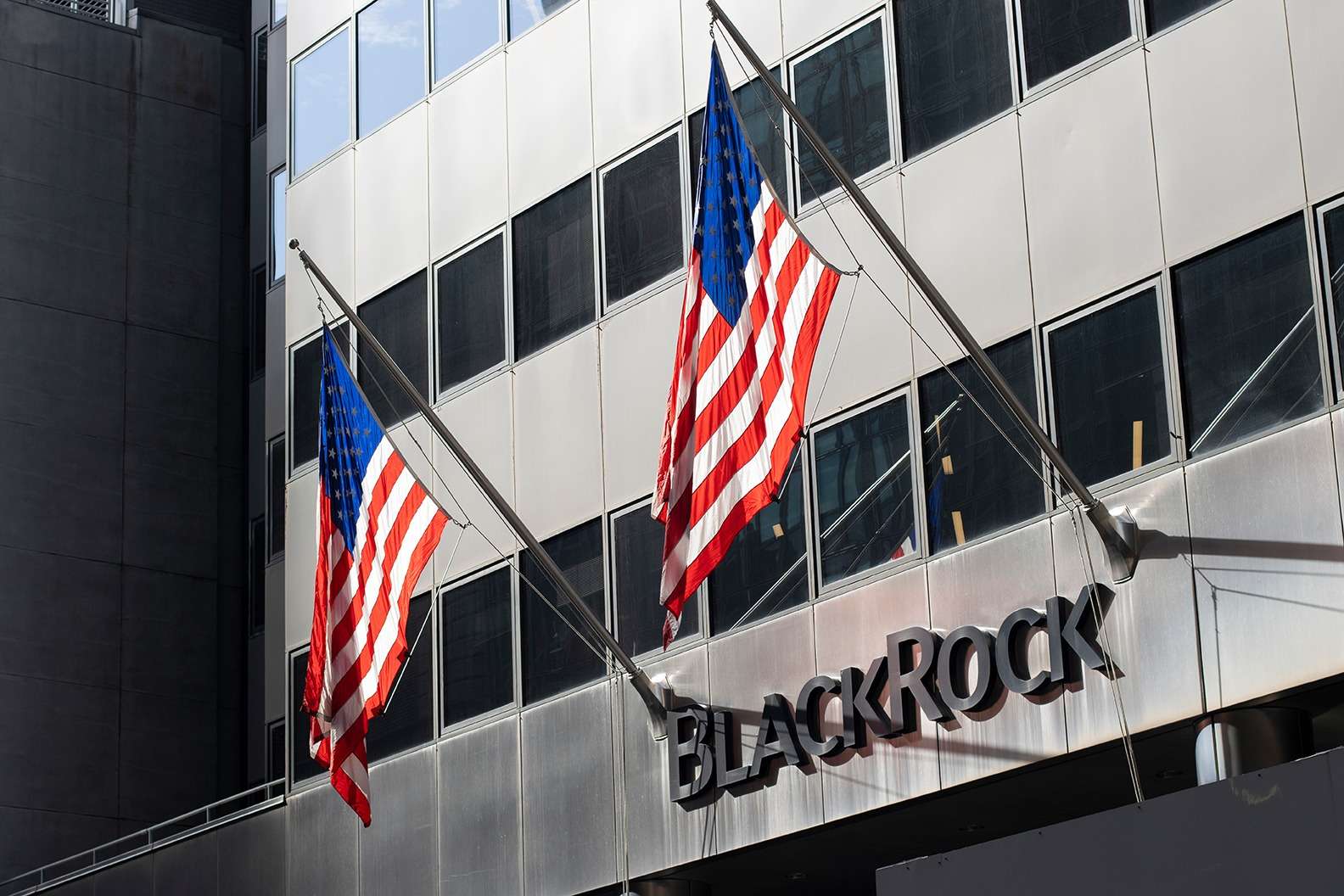Indeed, Bitcoin has always been a bit of a rebel – thriving outside traditional finance, resisting regulation, and attracting excitement and scepticism. But in Europe, things are shifting. The Markets in Crypto-Assets (MiCA) regulation is stepping in to bring structure to the chaos, offering institutions a straightforward way to invest in Bitcoin without legal headaches.
So, if you’re a bank, hedge fund, or investment firm looking to get in on Bitcoin, how do you do it without stepping on regulatory landmines?
MiCA: The Rulebook Bitcoin Never Had
For years, investing in Bitcoin was like playing in the Wild West – some countries embraced it, others banned it, and many had no idea what to do with it. MiCA changes that.
The regulation sets the rules for crypto across the EU, making it easier and safer for institutions to enter. Bitcoin, under MiCA, is categorised as a crypto-asset, not a currency or security, just its own thing. Institutions don’t have to worry about things like capital reserves (which Stablecoin issuers do), but they still have to follow some strict rules.
Institutions must begin by choosing a MiCA-compliant custodian or exchange. They cannot use just about any platform and must be selective. A regulated custodian is secure and compliant, but self-custody gives them more control at a higher level of responsibility. Institutions can keep Bitcoin in-house if they want but must have strict security and risk controls to keep it in place.
Once an institution acquires Bitcoin, compliance becomes a key focus. MiCA enforces strict know-your-customer (KYC) and anti-money-laundering (AML) controls; transactions must be transparent, and counterparties must be known. Anonymity in transactions is no longer an option, and financial institutions must maintain accurate records regarding their dealings in Bitcoin to avoid penalties. Transparency does not stop there- financial institutions must report transactions and holdings upon inquiry, ensuring crypto transactions are above board.
For those not comfortable holding Bitcoin outright, MiCA makes investing possible via supervised financial products like Bitcoin ETPs and crypto funds. The latter offers exposure to Bitcoin price movements without complexity and with direct compliance.
With these steps in place, financial institutions can safely enter MiCA’s Bitcoin market in a secure and predictable investing environment without being deterred by uncertainty in regulations.
Why MiCA is Good for Institutional Bitcoin Investment
Some investors see regulation as a buzzkill. But here is the thing: MiCA makes Bitcoin more attractive to institutions.
Many firms have avoided Bitcoin for years because of fraud, hacking risks, and regulatory uncertainty. Now, MiCA removes doubt by ensuring safety. It forces crypto exchanges to follow strict security guidelines, reduces the risk of shady market manipulation, and ensures that institutions can invest without worrying about a legal crackdown.
Another big plus? Market stability. With better oversight, institutions can finally trust the crypto market. That means fewer rug pulls and scams and a more predictable investment environment.
MiCA isn’t just another regulation. The framework gives institutions a clear, structured path to investing in Bitcoin. What was once a volatile and uncertain market has matured, making it accessible beyond just retail traders and crypto enthusiasts.
With MiCA, institutions no longer have to navigate regulatory grey areas or worry about compliance risks. The rules are set, and the guardrails are in place. The crypto revolution isn’t coming – it’s already here.
Image Source: Adobe Stock
Disclaimer: This article is purely for informational purposes. It is not offered or intended to be used for legal, tax, investment or financial advice.












